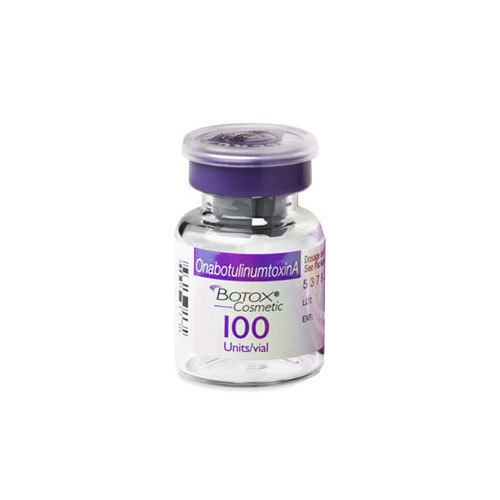BOTULINUM TOXIN

What is botulinum toxin?
Botulinum toxin is produced by the bacteria Clostridium botulinum. Exposure to pure, undiluted preparations of this toxin causes the clinical syndrome of botulism, but in small doses the toxin is used to treat several medical disorders. Botulism can occur after the ingestion of food contaminated with C. botulinum bacteria, from colonization of a baby’s gastrointestinal tract or from a wound infection. The toxin binds to nerve endings on muscles and prevents them from transmitting their signal, causing muscle paralysis. In toxic doses this can lead to overwhelming muscle paralysis, respiratory collapse and death. In a therapeutic setting, botulinum toxin is diluted with saline.
What is botulinum toxin used for?
Botulinum toxin is famously known for reducing wrinkles by causing facial muscles to relax, but it has therapeutic uses in many diseases. Diluted formulations of botulinum toxin, such as BOTOX, can be injected locally into the muscle and cause paralysis. It can also be used for symptoms in the following conditions:
- Focal dystonias: involuntary, sustained muscle activity that can occur in the neck, eyelid, larynx, hand, jaw, tongue or chest.
- Spasticity: An increase in muscle tone causing quick, spastic movements. This can occur after stroke, traumatic brain injury, cerebral palsy, multiple sclerosis or spinal cord injury.
- Non-dystonic disorders of involuntary muscle activity such as facial spasms, tremors, tics, muscle twitches, muscle cramps.
- Strabismus: disorder of uncoordinated eye movement
- Localized muscle spasms (back pain, headaches)
- Smooth muscle hyperactivity as seen in prostate hypertrophy
- Cosmetic use for forehead frown lines, crow’s feet and for sweating disorders in the axilla or palms
References:


